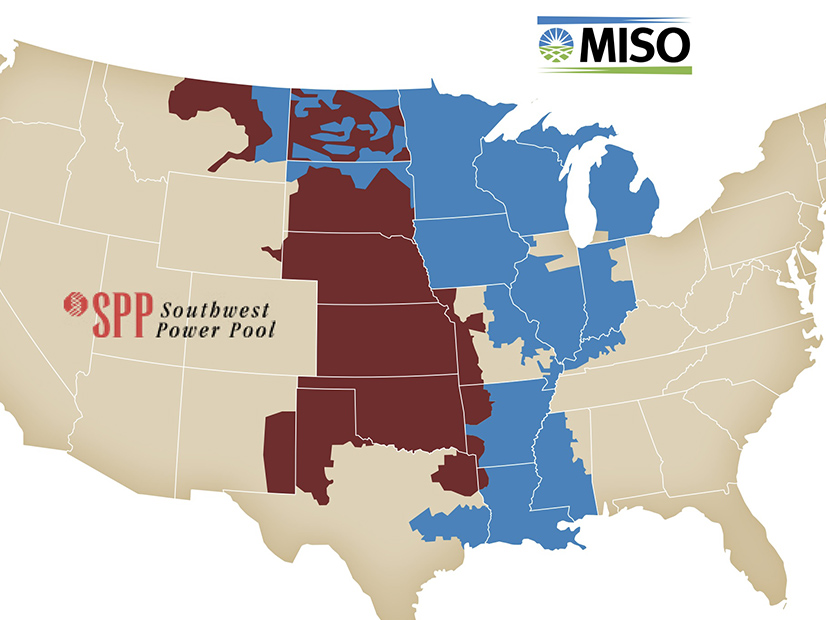FERC has approved changes to MISO and SPP’s affected system study process to allow either RTO to order upgrades of limiting elements on tie lines.
In a June 30 order, FERC said the revisions to MISO and SPP’s joint operating agreement regarding upgrades to tie line limits and more consistent modeling on SPP’s part should bolster reliability (ER23-1803).
Now MISO or SPP can require all necessary tie line upgrades during the study process, regardless of on what side of the seam the limiting element is located. The upgrade then would be handled under the business practices and tariff of the RTO that has functional control over the limiting element.
Additionally, SPP pledged to conduct its affected system studies using the actual amount of either Network Resource Interconnection Service or the non-firm Energy Resource Interconnection Service requested in MISO by interconnection customers.
The order stems from a complaint EDF Renewables made in 2017 over ambiguous affected system study processes in MISO, PJM and SPP. (See Affected-system Rules Unclear, FERC Says.)
However, MISO and SPP’s JOA revisions could be short-lived, as the RTOs are hoping to ditch their affected system study process in favor of installing regular Joint Targeted Interconnection Queue studies. Both RTOs are readying tariff and JOA language for their first, $1.9 billion portfolio of 345-kV lines meant to bring more generation online at the seams. (See MISO Stakeholders Request JTIQ Cost Containment Measures.)



